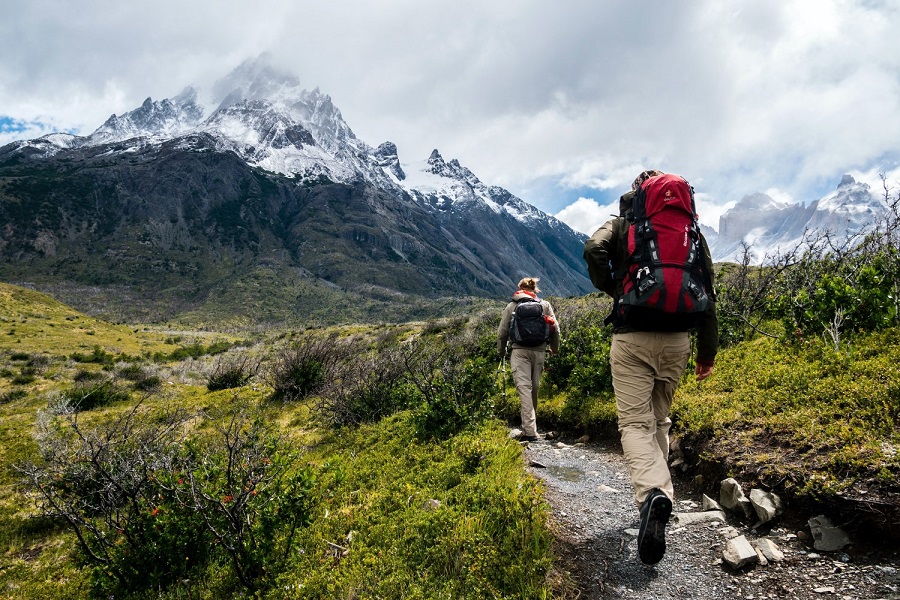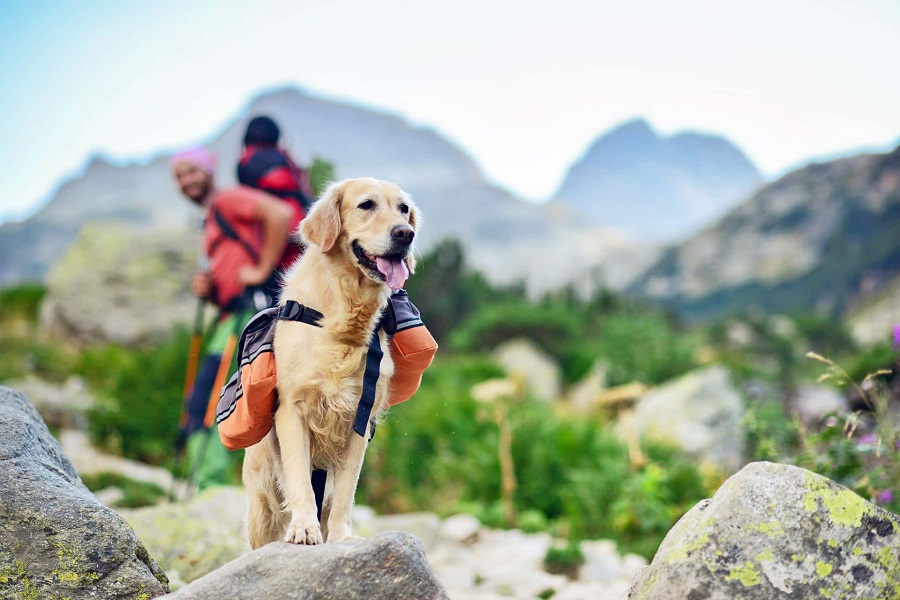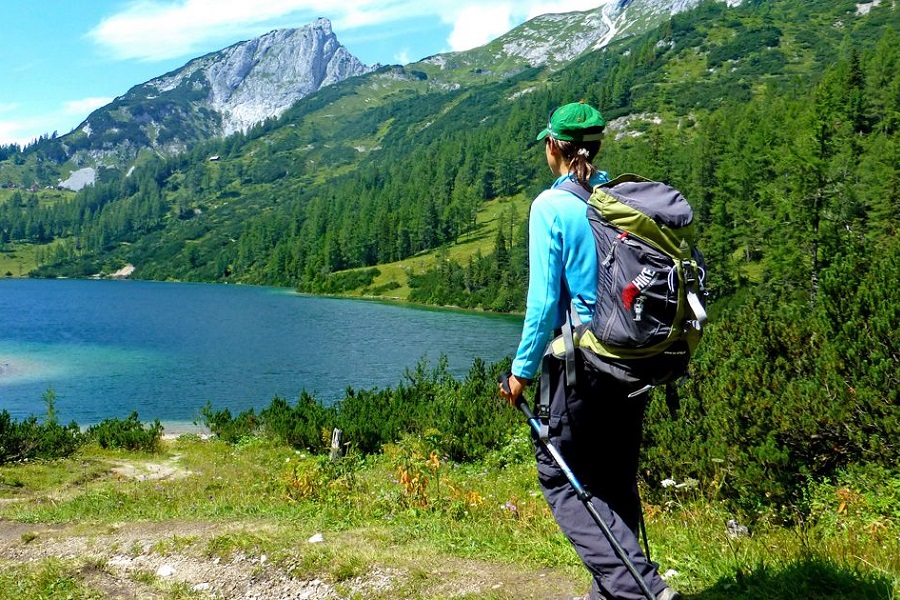While the topic of hiking first aid kit may seem boring at first, these survival packs can save your life when you’re out on the trail and help is far away.
Knowing what to pack for the absolute essentials can be confusing, though, and if you’re looking to travel lightweight, you certainly don’t want to be bogged down.
Here are just 10 essential items that every hiker should have in their first aid kit, but by no means is this list comprehensive.
Depending on the area you’re hiking in, if you’re traveling with pets or family, and the weather conditions, you may need to adjust the items somewhat to suit.
10 Hiking First Aid Kit Requirments You Need
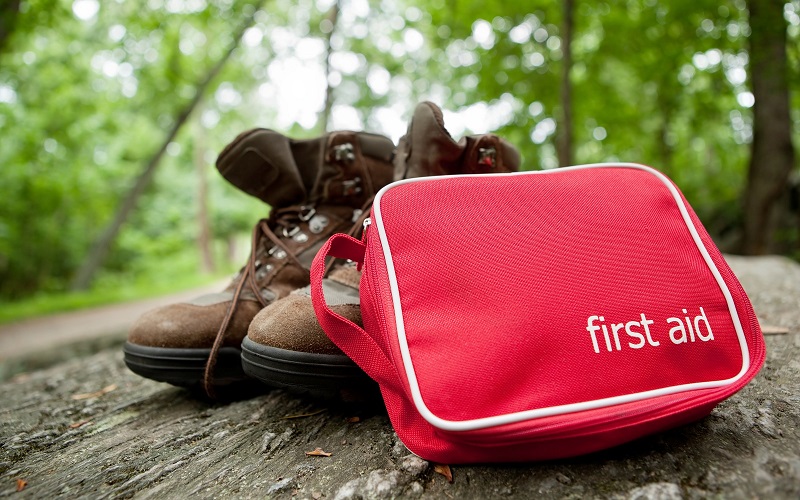
As you lace up your hiking boots and prepare to hit the trails, safety should always be a top priority.
In this guide, we’ll delve into the essential components of a hiking first aid kit, ensuring you’re well-prepared to handle any bumps, scrapes, or unforeseen challenges that might arise during your outdoor adventures.
From basic wound care to specialized items tailored for the trail, discover the must-haves that can make a significant difference in keeping you safe and sound on your hiking journeys.
1. Disposable Gloves
A pair of disposable gloves might not seem like a medical necessity, but they’re imperative to stopping bacteria and preventing contamination and the transfer of bodily fluids. Since they’re so lightweight, it’s best to take a few pairs to keep yourself covered.
2. Saline Vials
Being out in the wilderness can mean a lot of unwanted dirt, dust, and debris flying into our eyes.
With some 10 mL saline vials on hand, you can wash your eyes out quickly and easily in case something comes into contact with them. This works for bugs, dirt, tree sap, and more.
3. Medical Tape
These small rolls of medical tape are easy to carry and have a range of useful purposes for your first aid kit.
The medical tape should be waterproof and breathable and be handy for treating blisters, cuts, and anything else you should require.
Some people prefer to use tape with backing and have it pre-cut into small strips to save room and time, and either works fine.
4. Assorted Band-Aids
This one is a given, but often so simple that many hikers forget to bring it along.
Various sizes are available to treat different-sized wounds and select a waterproof design that allows them to stay put even in bad weather conditions or when in contact with sweat.
Band-aids are great for small scratches, and blisters, and for keeping minor wounds protected from infection.
5. Butterfly Strips
Butterfly closures are a simple way to treat wounds and are made up of adhesive bandages applied across the laceration.
They’re ideal for a hiker’s first aid kit thanks to their simplicity, and they allow for the skin to heal underneath as you continue your hike.
6. Gauze
For larger wounds, you’ll need a sufficient amount of gauze to keep you covered.
Gauze should be sterile, absorbent, and non-stick so that it doesn’t become attached to your wound and can be changed frequently to prevent infection.
7. Ibuprofen
Ibuprofen is the best choice for your first aid kit thanks to its anti-inflammatory abilities. Just a small packet is enough to keep you covered and can be used to treat everything from headaches to sprained ankles.
Always stick to the recommended dosage when hiking and ensure you have eaten recently before taking ibuprofen, as it can upset your stomach.
8. Antiseptic Wipes
Have at least three antiseptic wipes in your kit to keep wounds clean, and ensure your hands are clean and covered with gloves before attempting to use them.
You’ll need to first wipe a wound before applying Band-Aids or bandages to prevent infection, so this is necessary.
9. Electrolyte Tablets
Hiking can be a seriously sweaty business, so having just a few electrolyte tablets on hand is important.
If disaster strikes and you come down with a bacterial infection or food poisoning that causes vomiting and diarrhea, these tablets will ensure you don’t get dehydrated and become even worse.
10. Antihistamine Tablets
Even if you aren’t prone to allergies, having a few antihistamines on hand is essential.
These can be used to treat reactions from spider and snake bites until you’re able to get back to civilization and reach medical assistance.
Just a little bit of preparation now can make a huge difference when trouble strikes.
Whether you want to purchase a ready-made first aid kit for your hike or prepare one for yourself, this item is just as important as your food and shelter choices.
The best thing about your hiker’s first aid kit is that nothing needs to change, so once you’ve packed it, you’ll never need to touch it again until it’s time to head off on a hike.
There is no excuse not to be prepared, and your health will thank you for it later.
Conclusion
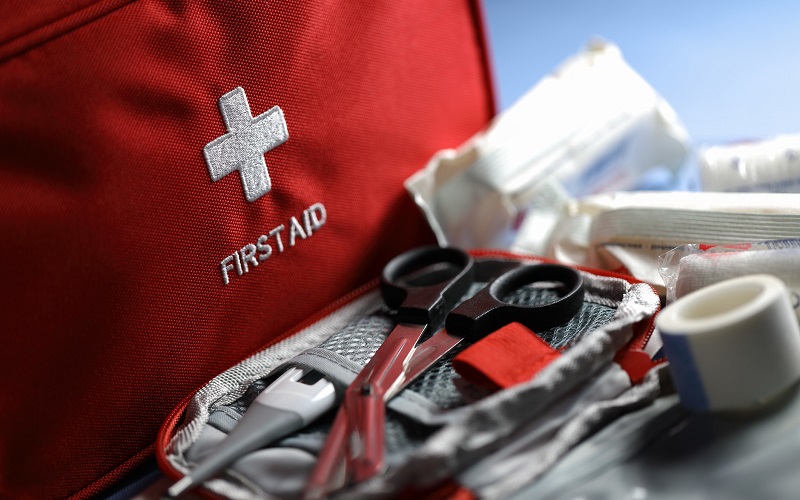
As you embark on your hiking adventures, having a well-equipped first aid kit is not just a precaution but a necessity.
This collection of essentials ensures that you’re ready to handle common injuries or emergencies that may arise on the trail.
From basic bandages to more advanced supplies, a thoughtfully packed first aid kit can make a significant difference in your hiking experience.
So, gear up with knowledge, pack your essentials, and step into the great outdoors with confidence, knowing you have the tools to handle the unexpected challenges that may come your way.
Resources:

